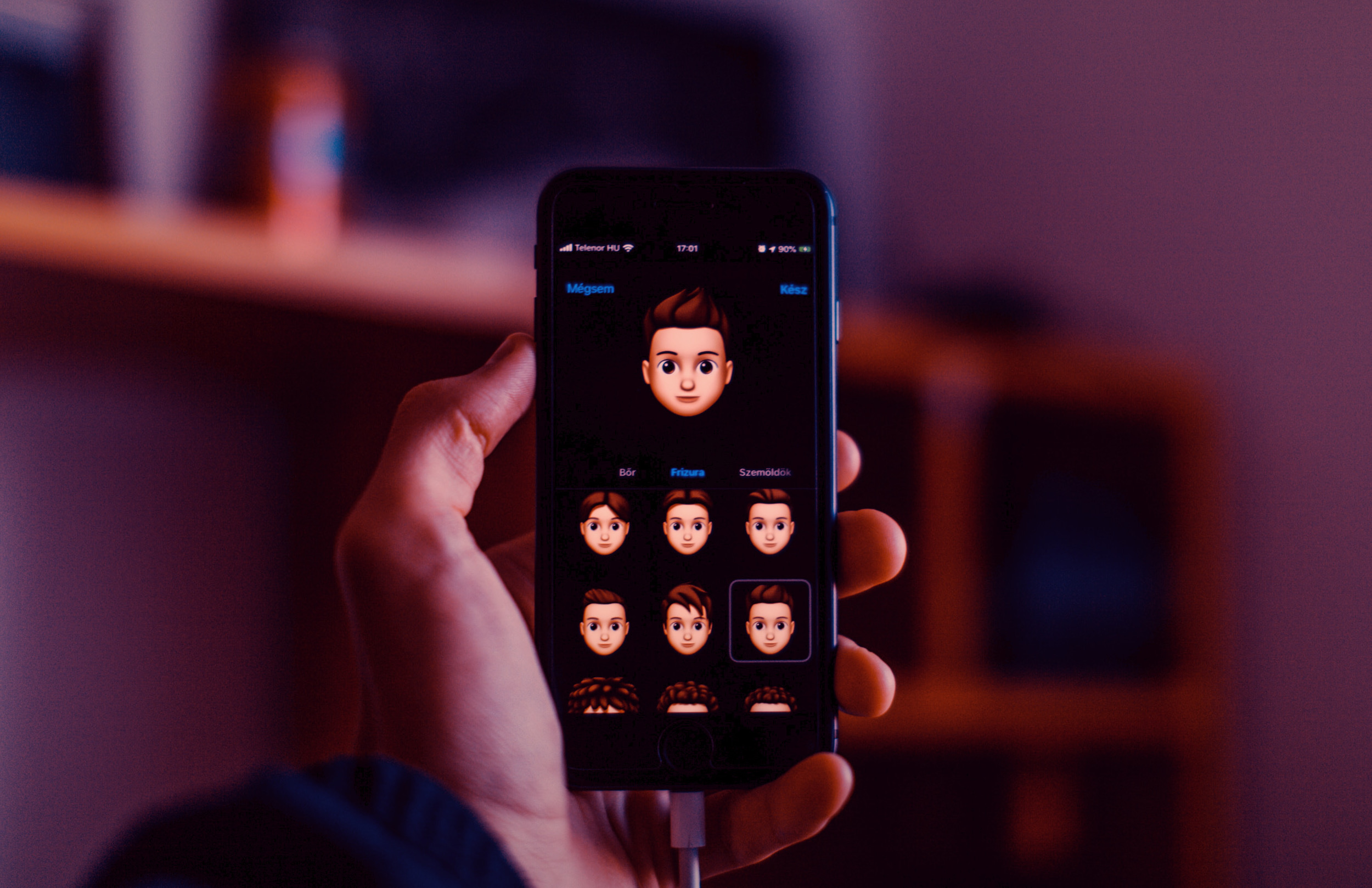When Kim Kardashian released her Kimoji app in 2015 and went on to sell the $1.99 app more than 9,000 times a second for the entire first day – earning “a million a minute” – we should’ve known that Bitmojis were just getting started. Since that day, Snapchat bought Bitmoji, Apple released their own competitor called Memoji, and we began actually seeing these cartoon, self-replicas used for more commercial purposes.
Bitmojis are now being used to make it easier to find your friends’ locations. A couple of entrepreneurs created the Bitmoji Bible. Brands such as Cheetos, Gucci, and New Balance are seeing the advertising opportunity in creating funny and relevant emoticon packages.
These caricature-like, avatar versions of ourselves are going further than I would’ve imagined. Now, in what other ways do I anticipate Bitmojis, Memojis, and their competitors being used in our lives?
Branded Algorithms
Almost all companies using AI are deploying their AIs in an invisible way. Whether it’s the automatic playlist generation on Spotify or the suggested route on Google Maps, we as consumers are completely unaware when the AI is operating.
Who will be the first company to brand their algorithms
Why can’t Memojis be the faces of these algorithms?
Memojis could provide us context when an algorithm is making a decision for us, so that we can better differentiate when we’re happy with an algorithm’s decision or unhappy with it. The invisible use of AI in our lives is extremely prevalent. And because we’re unaware when it’s at play or not, the average consumer cannot articulate what use of artificial intelligence they trust or don’t trust.
Let’s look at this in the context of music.
Auto-generated playlists have become one of the most popular features of music streaming apps. Whether it’s the Discover Weekly personalized playlist sent to Spotify users every Monday or Pandora’s uncanny ability to guess the perfect song you’d like to hear at any given moment, every streaming service uses AI to curate music.
Yet, we label these curations with blanket terms and labels that tell us a genre, but not necessarily the actual taste of that curation. “80’s Rock”, “Focus Music”, “Party Playlist”. There are so many different ways to interpret what could be in those.
However, applying a Memoji to these algorithmic curations would be a means of giving a face and personality to an AI-curated playlist. It would add a visual component that would make it easier for us to identify a playlist that might fit our desires and differentiate it from the hundreds of other AI-curated playlists with the same title.
Not to mention, we could then animate that Memoji to give people information when that playlist changed. “Hey Q, I noticed that you skipped all of the Fleetwood Mac music in this playlist, so I removed them for you.”
Using Memojis to brand AI goes far beyond music. (If you’re not grasping this idea of branding algorithms, then please go read this Quick Theories article on the importance of it.)
What are some other ways that Bitmojis and Memojis could influence our daily lives?
Personal Digital Guardian
The main opportunity with Bitmojis and Memojis is that they are used as our own digital avatars and exist in the digital realm for us. We already see that with messaging, but they’ll expand beyond that.
Snapchat is realizing that they can use their Bitmojis as a means of bringing a user into stories. For instance, with BitmojiTV they’re creating comic strips that feature every single one of their users by simply allowing people to insert their personalized Bitmoji anywhere in the comic.
It’s very much like JibJab’s virtual cards that let you put your face onto funny cards.
An idea that I’d love to see Apple release in the coming years would be allowing users to create Memoji animations that act as our own AutoResponders. Thus, if I’m driving or my phone is on Do Not Disturb and someone tries to reach me, my Memoji AutoResponder would send them a video of me apologizing that I’m busy and that I’d get back to them shortly.
A Memoji AutoResonder seems like a practical idea that would save a lot of time and upgrade the “canned responses” that Apple allows us to send when we’re busy.
All in all, what I’ve overlooked for the past two years is that Bitmojis actually come from the same lineage as digital humans. They are a low-barrier way for the average person to create a digital human that can navigate the digital realm. They are the precursor to digital humans.
And that makes Bitmojis and Memojis far more important to the evolution of the digital ecosystem than I thought before.

2 comments
Comments are closed.